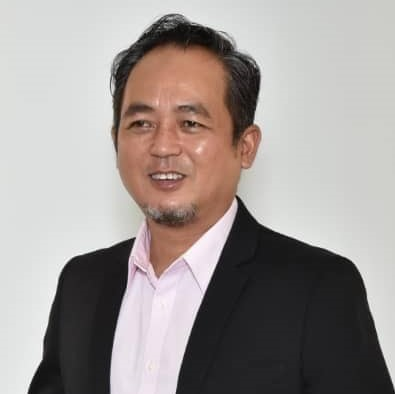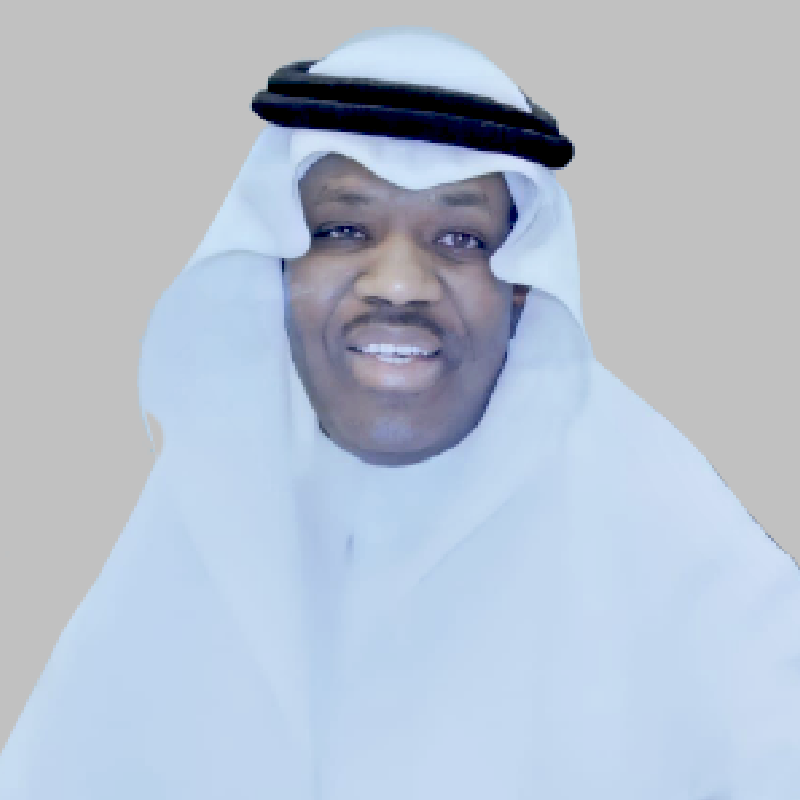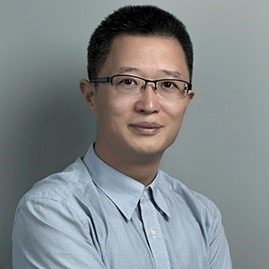Integration and Practice: University Museum as a Vivid Platform for Aesthetic Education
The university is a dynamic and continually evolving institution. The new curriculum outlook, students’ perspectives, teaching materials and evaluation system have formed a great impact on the traditional teaching concept of college education. Changes in educational values and society's demand for talent training have become important factors that promote the continuous deepening of college education teaching reforms. In China, ministries gradually encouraged museum to permeate college education. Under the guidance of various policies, university museums served as one of the important roles in college education, have access to knowledge through collections, on-site exhibitions and audience engaged services. As a university museum, Tsinghua University Art Museum (TAM) officially opened in the fall of 2016. TAM houses a collection of 24,000 objects dating from antiquity to the present day, including masterpieces of Chinese paintings and calligraphy, porcelains, and furniture, and many other historical, modern and contemporary artefacts. The vision of TAM is to foster an environment for advancing and supporting humanistic and aesthetic education, targeted the most important group of audience- students, staff, and professors.
In the past 5 years, TAM has welcomed over 2.3 million visitors, and present over 260 academic and educational activities. By harnessing the arts and humanities disciplines at Tsinghua University, TAM is also committed to strengthening the intersection and integration between the major disciplines at university including science and engineering.
This article addresses new roles and several cases for TAM and its academic and public educational program. In late 2018, TAM collaborated with Tokyo Fuji Art Museum to present a special exhibition 500 Years of Western Paintings —— Collections of Tokyo Fuji Art Museum. The exhibition featured 60 paintings of Western art with time as the main narrative line and genre as the development form. As 2018 coincides with the 40th anniversary of Treaty of Peace and Friendship between Japan and China, the exhibition is a grand event to promote cultural exchanges between China and Japan. The exhibition ushered in more than 125,000 visitors during three months. Academic lectures, workshops, and many other educational activities were launched to interpret the exhibition and artworks to audience. The combination and integration of exhibitions and teaching is one of major functions of TAM. By collaborating with Art and Design Academy, four university professors moved the course of art history from the classroom to the museum gallery, which led the students to observe the original painting physically.
Adopting a more inclusive approach, TAM aims to provide innovative services to benefit its audience physically and in long-distance. Especially due to the crisis of the COVID19 outbreak, the digital engagement emerges as a new trend at TAM to overcome the closure. Series of digital activities have been developed to reach the audience in a safe and broad manner during this special period. Students can easily access TAM’s website and view most exhibitions through the Digital Exhibitions section.



